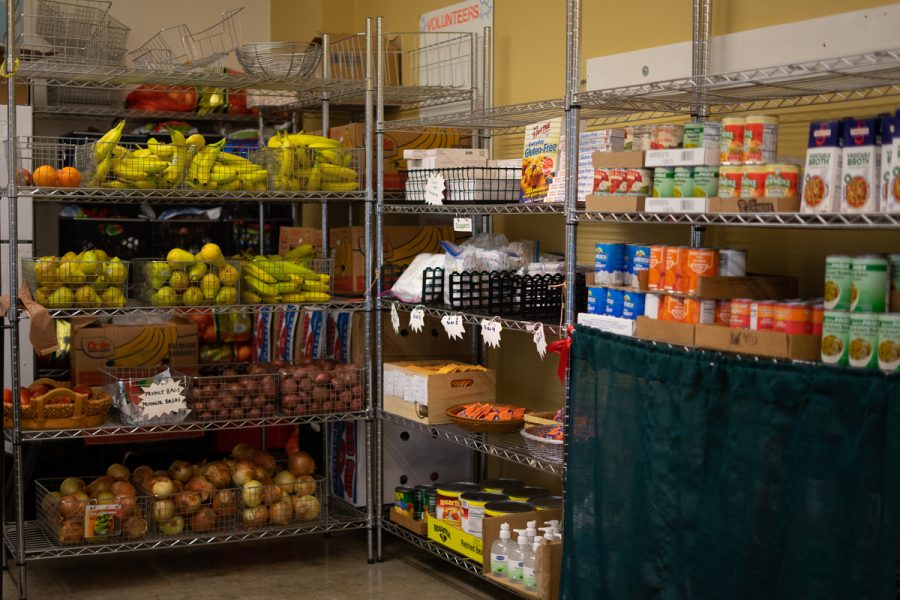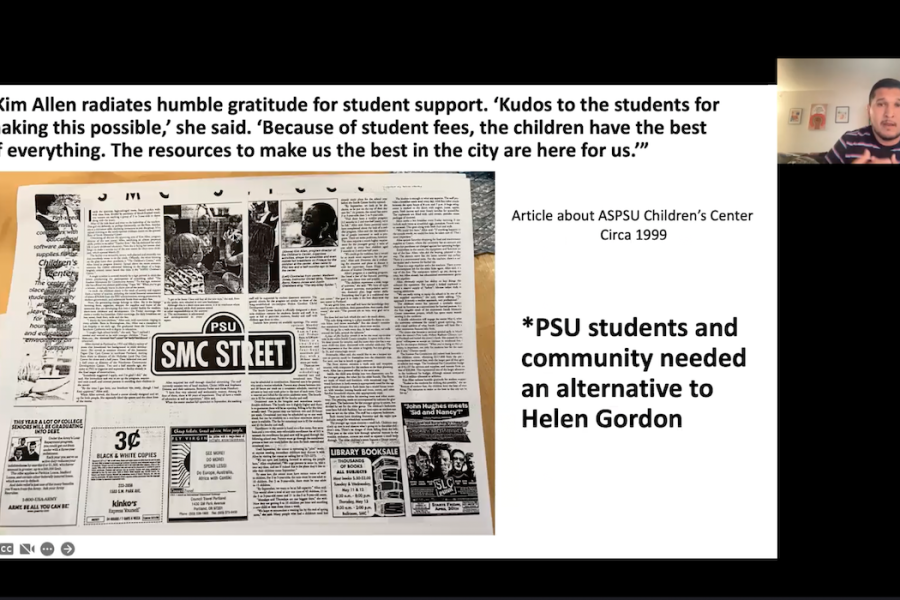Scientists at Portland State are looking into whether or not Portland—the city of bridges—would still have its bridges standing after The Big One, and you might be surprised to hear what they have discovered from their research.
The Big One is a term locals have given to the earthquake expected to arise from the Cascadia Subduction Zone, a fault that runs 70–100 miles off the Pacific coast shoreline.
K. M. Golam Murtuz, Ph.D.—a former PSU student of Dr. Peter Dusicka, Professor and Chair of Civil & Environmental Engineering at the Maseeh College of Engineering & Computer Science at PSU—wrote his dissertation on the earthquake soundness of the Portland bridges built before the ‘90s and how one might rebuild and/or retrofit them. He described the quake expected from the Cascadia Subduction as a “magnitude nine earthquake.”
“Currently, scientists are predicting that there is about a 37% chance that a megathrust earthquake of 7.1+ magnitude in this fault zone will occur in the next 50 years,” according to the Oregon Department of Emergency Management.
The potential damage and impact if and when this earthquake occurs is a noteworthy quandary. “[I] would say that the extent of damage is going to be geographically broad—distributed,” Dr. Dusicka said. “If this earthquake comes through or when this earthquake comes through, it’s going to affect a wide area, so I think that is certain. What we’re studying is how that might affect individual infrastructure, facilities and components.”
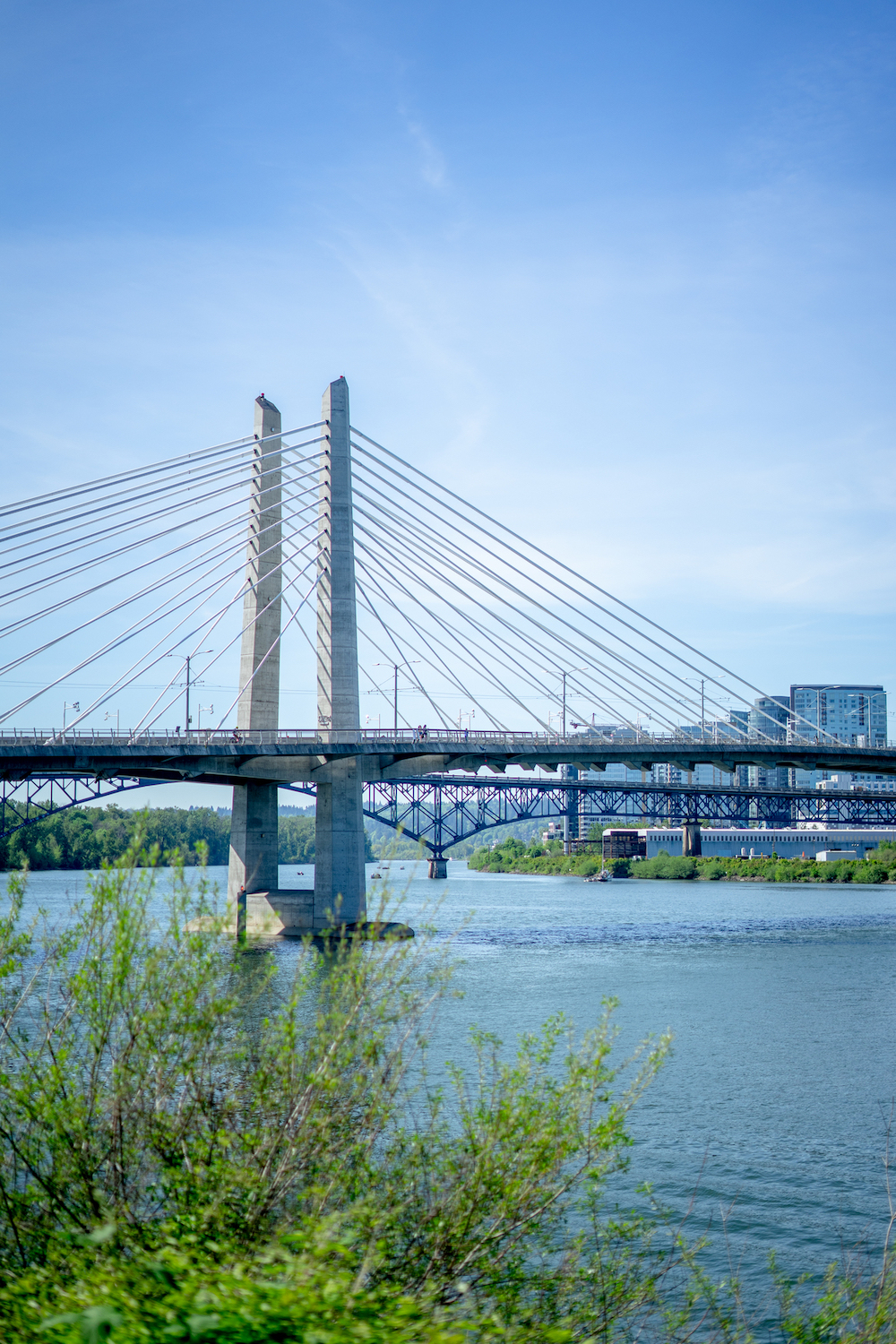
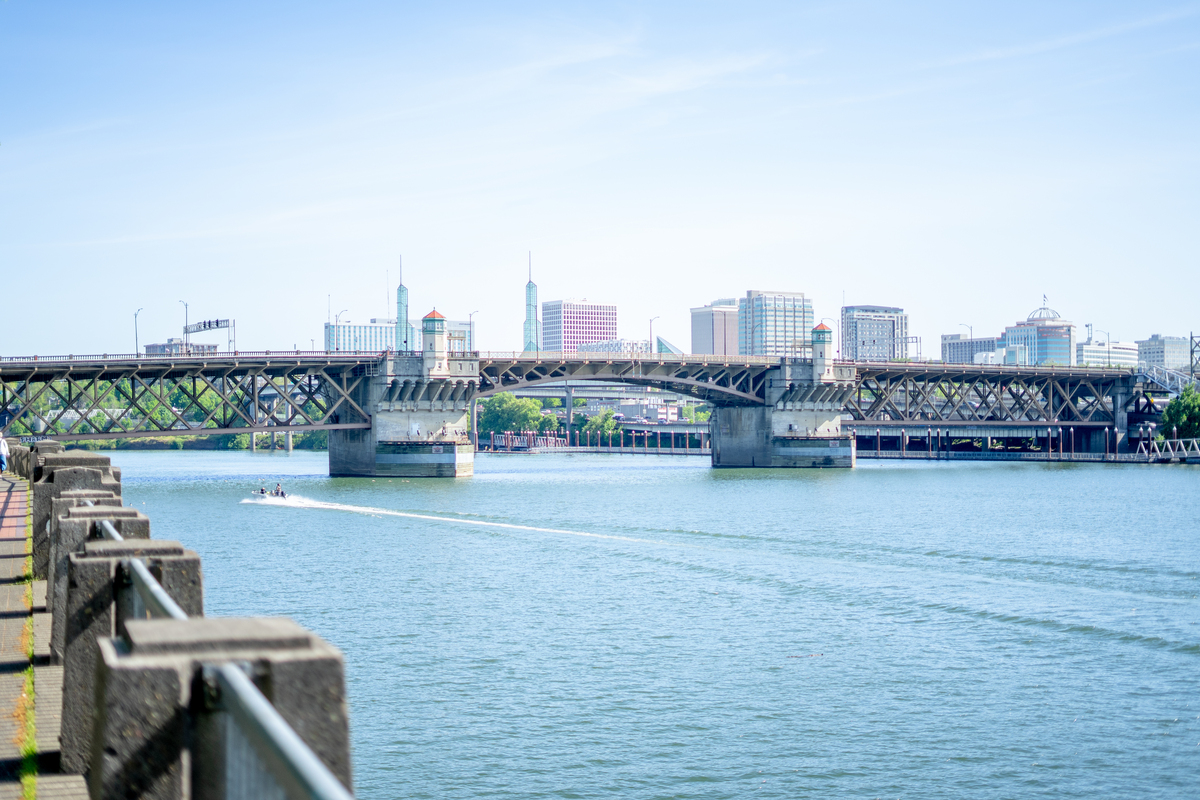
PSU’s iSTAR lab is, in part, what influenced Dr. Dusicka’s decision to come to PSU. iSTAR is “a moderate size research facility where we build, test, evaluate and study structural components under various loading conditions, and one of those being sort of the dynamic loading of an earthquake,” Dr. Dusicka said. “So we have a shake table that allows us to reproduce an earthquake on demand, that we also use to study how earthquakes impact our infrastructure.”
Regarding how an earthquake can impact infrastructure, two primary forms of infrastructure failure could occur. First, brittle failure is “a failure with very little warning,” Dr. Dusicka said. “In other words, if you look at a particular structural component, it would sort of take on some level of demand and eventually break, and you would have very little visual warning in terms of when that happens.” The easiest way to visualize this is by imagining dropping a glass on a hard surface.
On the other hand, you can have ductile behavior, which in most cases is more desirable. “Ductile behavior is [one] of the things that [Dr. Murtuz] was looking into,” Dr. Dusicka explained. “And the difference there is that, in a ductile behavior, there’s a certain level of deformation that takes place, that is damaging but not necessarily catastrophic in its outcome.” He explained that it is analogous to a metal cup that has been smashed and distorted but can still hold water.
“In an earthquake-type response, we tend to favor the ductile behavior for numerous reasons,” Dr. Dusicka further explained. “And part of what Dr. Murtuz was doing was trying to evaluate what kind of failure modes we would have with the bridge columns [in Oregon]… and how can we convert that to a more kind of ductile behavior if we wanted to.”
“My thesis actually has two parts,” Dr. Murtuz said. “One was just looking at bridges as constructed. The other part was retrofit or repair, if an earthquake even happens. So for the first part, where we are looking at the existing bridges, these bridges were essentially built before 1990.”
They started by testing the model column with the same build as all pre-1990 bridge columns. “First, we saw what are the damages we can expect specifically from the Cascadia output,” Dr. Murtuz said. “We wanted to see what level of damage we can expect, how these bridges are going to respond.”
The results were more positive than expected. “We were thinking that it is not gonna withstand anything,” Dr. Murtuz said. “It’s gonna probably collapse after some cycles, so we do repetitive cyclic tests. We push and pull these bridge columns. But… it’s not as bad as we expected.”
The good news, according to Dr. Murtuz, is “they’re not going to collapse completely. So those columns will have damages in them and significant damages in some cases. [But], they will hold the bridge after the Cascadia subduction. You might not get [to] use them after that, but it’s not going to collapse under you…[they are] gonna still hang on.”
Dr. Dusicka described his ongoing research on mitigating the risk of the Cascadia Subduction Zone quake by “looking at ways of potential retrofitting [them]. And also looking [at] what are some of the repair methods that we could employ after the fact that we could get back to some level of operation.” According to Dr. Dusicka, we have three options: repair, rebuild or retrofit.
“Repair would be, an earthquake would happen, some damage occurs, and the damage is to a point where you could actually bring it back to life,” Dr. Dusicka said. “Let’s repair it so that we can continue to use our infrastructure.”
When repairing costs and effort are not worth it, one must rebuild. As Dr. Dusicka explained, “Rebuild is well, it’s damaged, the cost [and] effort of repairing it is not worth it, so we would have to replace and rebuild.”
Lastly, retrofitting, which—unlike the previous options—is a proactive step that could better ensure public safety. “So we could retrofit a bridge so that [it] doesn’t fall down, but that doesn’t necessarily guarantee that we would be able to use it afterward…[but] nobody died,” Dr. Dusicka emphasized. And this, he explained, is the goal.
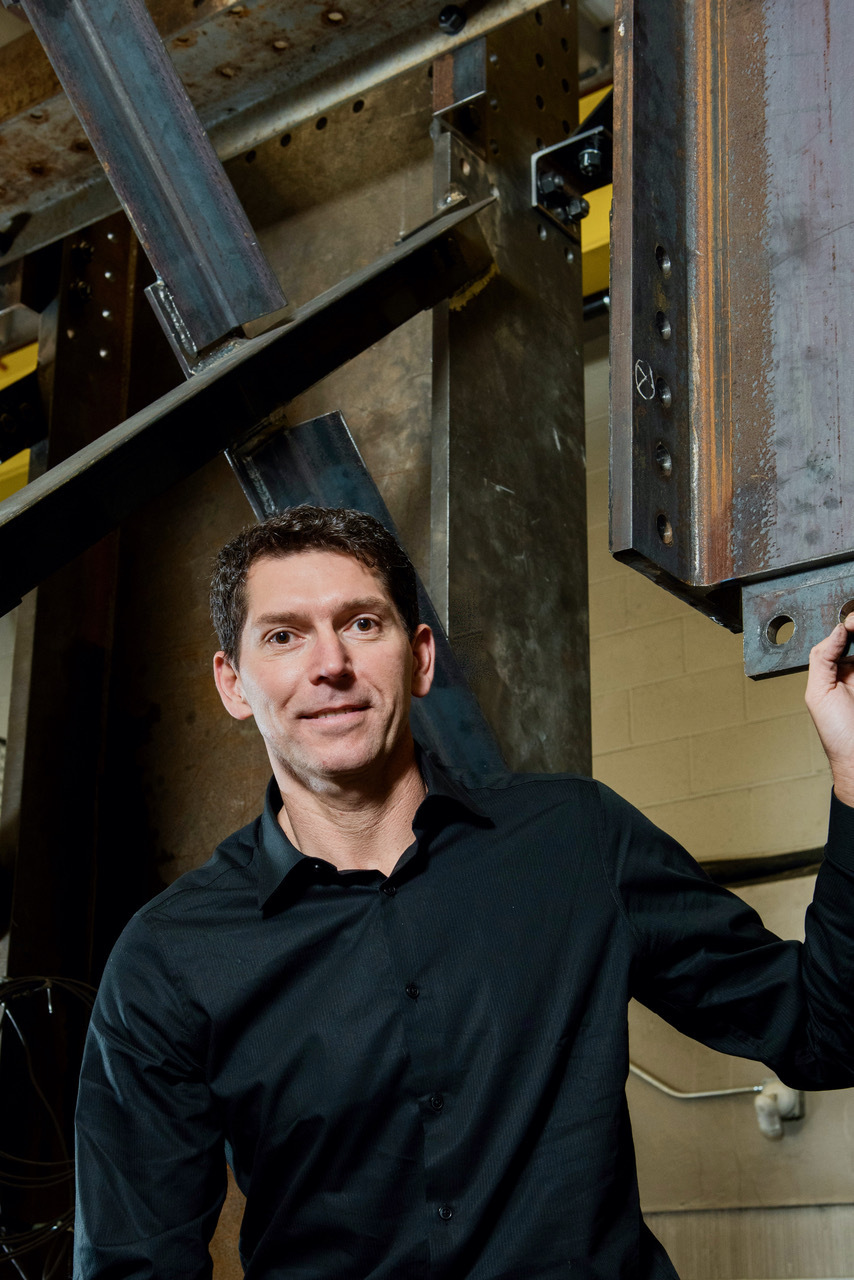
Given the high number of older bridges in Portland, the pressing question is which ones need to be retrofitted. “There are still bridges, a lot of bridges that have never been retrofitted,” Dr. Murtuz explained. “What I know is they have limited funds, and so they have priorities as well, so they prioritize the bridges most vulnerable and have the most impact in terms of what will happen after an earthquake—recovery in terms of highways, which highways are more important, [etc.].”
Dr. Murtuz has been working on retrofit designs using a method that dissipates energy. “This has a lot of advantages,” he said. “One of the most important advantages is that once you have an earthquake, you are not gonna have any damages in these columns. All the damage is going to be in these attached plates… Once an earthquake happens, you go out into the field, you just replace these plates, and you got a new system again.”
Dr. Dusicka is also working on a retrofit design. “The state of design is going so that you engineer these fuses within the structure,” he said. “And then, you should be able to isolate the damage to that component. If it’s designed properly, you could potentially even replace that component a lot easier and get the structure back into operation.”
Both retrofit designs are still in the proof of concept testing stage, but both engineers are excited about their preliminary results.
“I think it’s something that needs to be at the forefront of most of the people, politicians and decision-makers,” Dr. Dusicka said in regards to what is needed in Oregon to prepare for the Cascadia Subduction Zone earthquake. “[What] I like to promote is awareness and knowledge, and I think, being prepared for that, needs to come down to—what is it that we’re actually expecting? And I think sometimes the doom and gloom essentially says everything’s gonna fall down, and nobody’s going to survive. And that’s not the case.” Dr. Dusicka advocates for more funding toward infrastructure and earthquake-prepared retrofitting in Oregon. “There is no doubt [that we need more funding],” he said.


